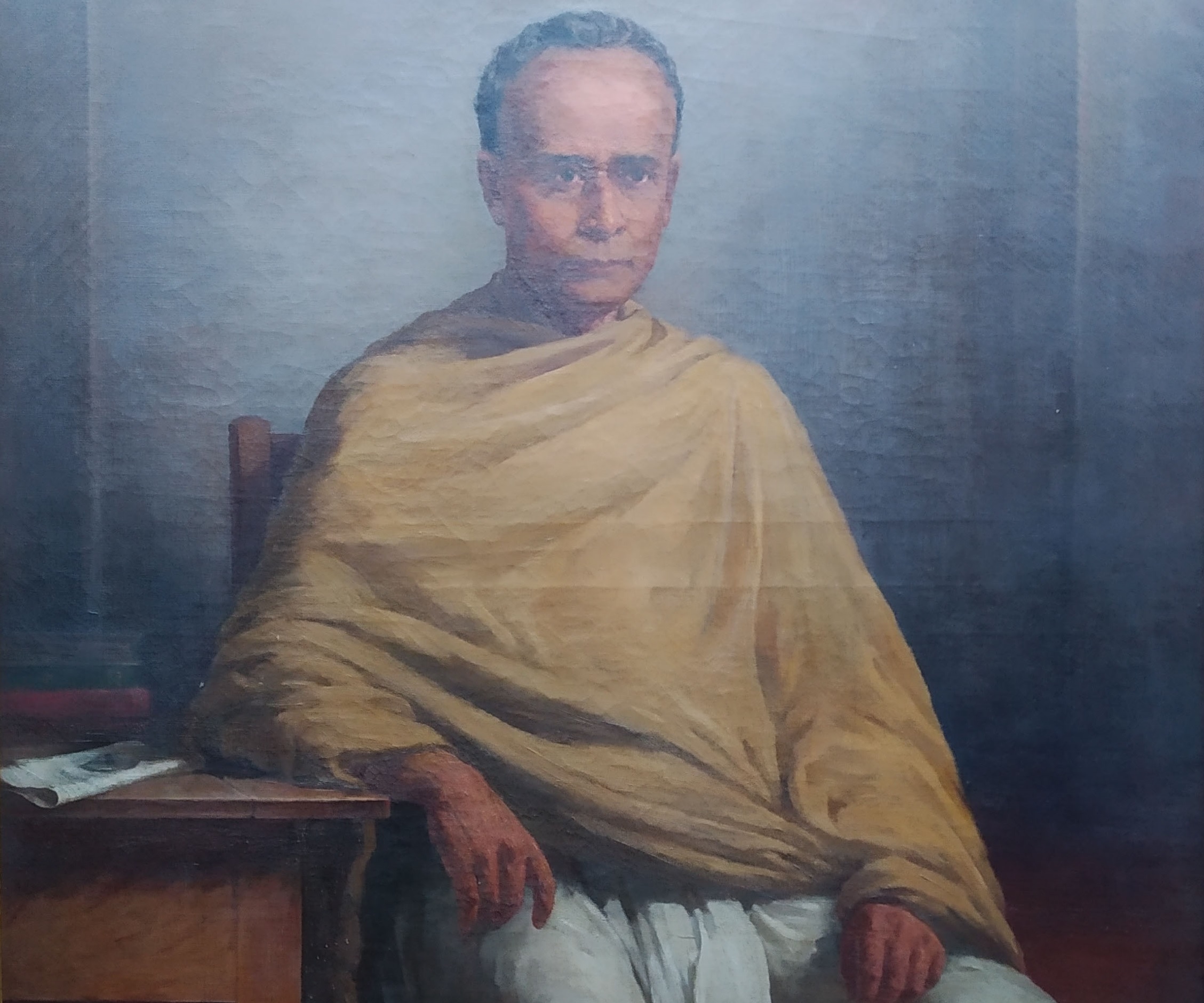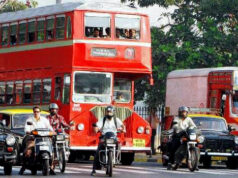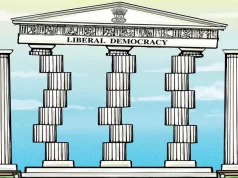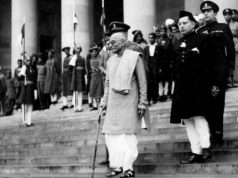Ishwar Chandra Vidyasagar’s many roles as an educationist, writer, social reformer, and feminist have rightly earned him the credential of being one of the early progenitors of Indian modernity. Underlying all these credentials of Vidyasagar, however, was his own brand of liberal humanism. While the modernising metropolitan West is considered to be the fertile ground for liberal humanism and indeed the colonizing mission brought these newfound influences to the periphery of Indian society, Vidyasagar essentially embodied practical humanism.
The practical humanism of Vidyasagar was shaped by both his readings and lived experience. Born a poor Brahmin, his deprived childhood was made bearable by the generosity of kind strangers. Vidyasagar fondly recalls one particular widow Raimoni in his memoirs who treated him as her own son. Besides, despite his training as a Sanskritist, he was also exposed to the western Enlightenment ideas of secularism, agnosticism, rationalism, and liberty. These two distinct experiences determined the career trajectory of Vidyasagar.
While it may be tempting to compare Vidyasagar with that great Bengali reformer Raja and the father of Modern India, Subrata Dasgupta has underlined the distinction between the two, in terms of their approach towards religion. The Raja’s worldview was always theocentric rooted in his propagation of Vedanta and close study of Christian monotheism; the Sanskritist, on the other hand, had a manifestly secular outlook.
The remarkable reformism of Vidyasagar has been aptly captured in historian Sarmila Bose’s profile of the scholar:
“He was a Bengali Brahmin Sanskrit scholar. His image is that of a quintessential pandit, traditionally dressed in dhuti-chador. This was no Anglicised “brown sahib”. Yet this Sanskrit scholar battled to end child marriage and high-caste polygamy, and to enable Hindu widows to re-marry.”
Vidyasagar’s reformism was informed by the plight of women who were at the receiving end of discriminatory social practices. It also extended to the domain of education as he advocated the policy of mass education to modernise the Bengali society. In 1854, he wrote a memorandum to the Council of Education arguing for use of vernacular for teaching masses, in contrast to the Anglicist liberal reformers. In a sense, Vidyasagar, himself a product of the Orientalist Sanskrit College, was merely continuing the “Anglicist v/s Orientalist” debate of the 1830s. The year 1854 was remarkable in this regard as Wood’s Despatch incorporated Vidyasagar’s agenda in its recommendation of three-tier education system with primary education for the masses in vernacular medium. His efforts at educational reform, however, didn’t always bear fruit as in case of opening up of Sanskrit College to non-Brahmin students where he succumbed to orthodoxy and only allowed to admit the Kayastha students.
His more successful reform measure though had an earlier pedigree reflected in Raja Rajballav’s 1757 bid to remarry his widowed daughter as well as in the campaign of radical Derozians in the 1840s. But Vidyasagar’s advocacy turned out to be more effective. His skillful employment of colloquial language, mass media, the authority of the scriptural text and perhaps credential as a Brahmin scholar of Sanskrit resonated with the Company administrators who were seeking to reform Indian society under the influence of the dominant ideology of reformist utilitarian liberalism.
Vidyasagar’s approach towards widow remarriage was visible in two pamphlets that he published in 1855. The first pamphlet turned out to be an instant bestseller in which he used Shastras to advocate for widow remarriage, drawing sharp criticism from the Hindu orthodoxy. The relevant passages were found in the Parasara Samhita which laid out the ground for a woman to remarry in certain circumstances. For widowed women, it suggested three options: remarriage, asceticism, and sati. Vidyasagar reasoned that since sati was illegal now and asceticism was too difficult a path to follow, the only plausible option remained was widow remarriage.
His reformist campaign though had to face opposition from Hindu orthodoxy. The chief antagonist, of course, was the conservative Raja Radhakanta Deb who had also sparred with Ram Mohan Roy over Sati. Vidyasagar had to face opposition on the streets of Calcutta and amongst the Bengali bhadralok. The backlash also came in the form of a counter-petition with 30,000 signatories. However, the Widows’ Remarriage Act was passed successfully in 1856.
Vidyasagar though was not so lucky in his other endeavor to emancipate the fallen women of the Hindu society. His campaign against the kulin marriage tradition hit the wall in the post-mutiny Raj ruled by Queen Victoria. Victorian paternalism, argues Shekhar Bandhopadhyay, blamed the liberal reformism for the mutiny of 1857 and distanced itself from the earlier bid to liberalise the natives in Enlightenment mode. What followed was the limited sharing of power with the conservative elite and the ugly racial authoritarianism rooted in the racial anthropology of Victorian England. In this context, it is unsurprising to find that a native reformer’s plea saw no taker. Dejected at the conservatism of the Bengali Bhadralok which was sprinting towards the mystic guru Ramakrishna and racially charged authoritarian colonial overlords, Vidyasagar spent his last years working with the tribal population.
Assessing the reformism of the ilk of Vidyasagar (Ram Mohan Roy included), historian Ranjit Sen underlines two peculiar features- dependency on the Brahmins and the rich elites who determined the changing social parameters. For Sen, the oriental liberalism in this sense differed from the Western liberals. Mill, for instance, would never resort to appeal to priestly authority to make case for women’s rights. Indian reformers though had to resort to religious authority to successfully implement their liberal social agendas.
Sen’s charges, I would argue, merit further clarification. The 19th century liberalism in the core and periphery of the Empire were rooted in their particular milieu. The Indian aspect of liberal tradition has been captured deftly in C A Bayly’s Recovering Liberties. John Stuart Mill’s liberalism was rooted in a Britain which inherited the legacy of the 16th century Reformation contributing to secularization; Glorious Revolution of 17th century advancing constitutionalism and “consent of the governed”; and the Industrial Revolution in the late 18th century underpinned by a laissez-faire market system. The cumulative effect of these historical developments shaped the ideas of classical liberal thinkers in Britain.
India, in contrast, was a highly religious society with bustling port-centric commerce and fragmented polity in the 18th century as the East India Company’s political project was taking shape. The orientalist disposition of the Company, in fact, cemented the hold of Brahmanical authority over Hindu society. Thus, the reformers had to contend with the forces of Hindu orthodoxy on one hand and also convince the new rulers of the merits of enacting reformist legislation.
It is in this context that the resort of an otherwise avowedly secular Vidyasagar to the scriptural authority begins to make sense. Dasgupta further makes it clear in his discussion of widow remarriage that the rational and humanist arguments aren’t sufficient to bring change in a fundamentalist Hindu society and thus “the argument must be supported by scriptural sources to carry any weight.” Gandhi later adopted a similar strategy in his battle against untouchability where he proclaimed to be the most sanatani of all while simultaneously attacking the pernicious practice of untouchability.
How does one then assess the reformism of Ishwar Chandra Vidyasagar, the Bengali Brahmin Sanskritist who was “rooted in traditional brahmin literati culture” for all his modernist ideas, according to Marxist historian Sumit Sarkar? I would venture out to suggest that Vidyasagar was a Mill-esque liberal in his temperament towards women as the personal lived experience of both shaped their advocacy of women’s rights. However, in his reform methods, Vidyasagar approximated a Burkean approach of gradual reform and appeal to traditional authority. In his resort to rational argumentation, use of pamphlets to persuade public opinion and submission of a petition to the government, Vidyasagar emerges as a quintessential classical liberal.
The poet-saint Rabindranath Tagore’s pithy tribute accurately captures the stature of Vidyasagar: “One wonders how God, in the process of producing forty million Bengalis, produced a man!”
Indian Liberals is an open, multilingual digital archive committed to preserving liberal voices in the Indian public sphere.
Visit indianliberals.in for more works by Indian Liberals dating back to the 19th Century.
Post Disclaimer
The opinions expressed in this essay are those of the authors. They do not purport to reflect the opinions or views of CCS.






